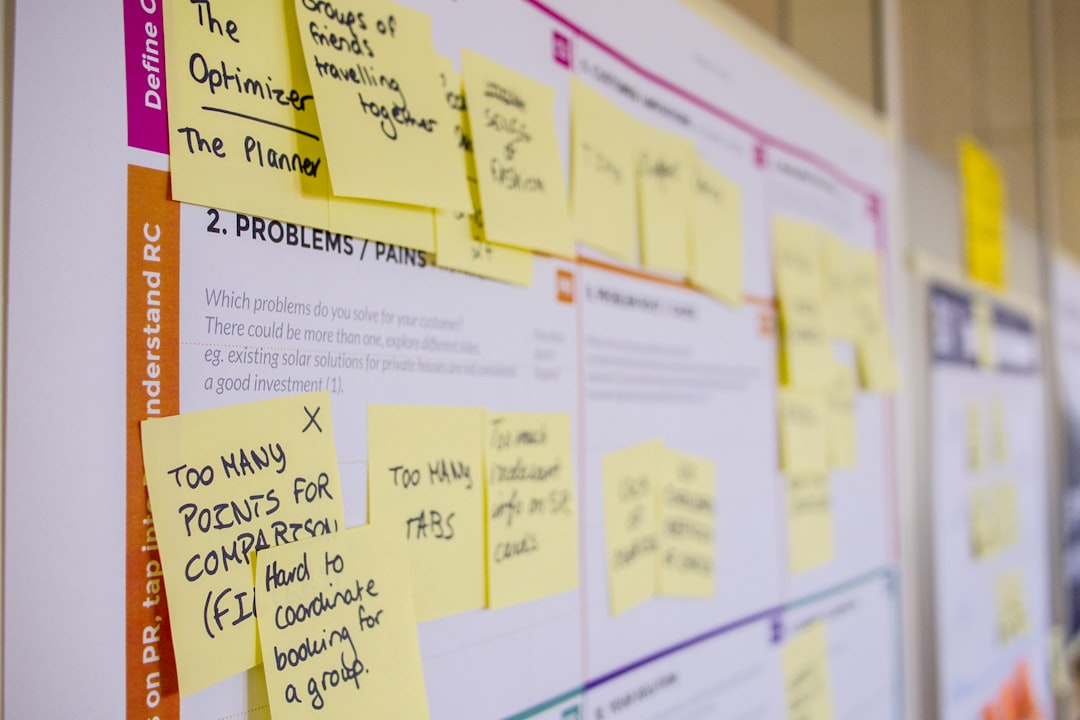What does a Customer Experience (CX) Consultant Do?

A brand is an experience. This is why customer experience (CX) consultants, managers, designers and strategists are becoming more prevalent and popular amongst brands and businesses. However, the entire practice is still a bit confusing. This is because part of their day-to-day tasks used to exist within traditional departments, while the others are relatively new. Hopefully this brings some clarity to the barrage of conflicting or partial information floating out there in wwwland.
What we’ll cover:
An overivew
A customer experience (CX) consultant analyses, improves and facilitates the creation of customer interactions with a brand or business. These interaction can bridge both physical and online spaces, or focus on a particular format, such as a store. Their job can be an end-to-end solution or to facilitate a particular phase, like workshop or ideation. Depending on the company and particular role, this can be called many different things. Examples include CX designer, manager, strategist, leader or expert (it gets pretty confusing after awhile). ‘Expert’ sounds all-encompassing, so we’ll stick to this for our article.
Why a dedicated CX expert
Today customer journeys, or the series of interactions a customer has with your brand or business pre-, during and post- purchase, are more complex. The term ‘journey’ can even be misleading as it’s more like a game of pinball than a linear progression. This is where a CX expert can ensure the possible customer journeys are holistic, seamless and relevant.
Customer journeys not only span online and offline, but also different teams within the organization. This can include marketing, retail marketing & design, UX and branding. My times, these functions are busy, perhaps running lean and/or focusing on their particular expertise. A CX expert helps bridge these functions through collaboration, consolidation and alignment.
Their day-to-day tasks
A CX expert is highly collaborative, connecting multiple functions while working with a dedicated team. Day-to-day tasks differ depending on the project phase. Within CX design, there are three greater phases: analyse & ideate, direct & develop and validate & document.
Analyse & ideate
This is the foundation of any project. Day-to-day tasks during the beginning of this phase include reading brand or business strategies, customer analyses, customer trends and case studies. It’s a lot of internet and pdfs. This is to establish a base understanding of the project before creating material for a cross-functional workshop.
Workshopping is an expertise in itself. It requires focus, as even a two-day workshop can go by quickly. Before the workshop, a CX expert prepares exercises and discussion material. This can include case studies, macro trends, thought-provoking questions, questionnaires, worksheets, group exercises, small group exercises, etc. A CX expert needs to first determine the desired outcome to then work backwards to curate each workshop individually.
During the workshop, a CX expert will work as a guide and mediator (tasks that can be split between two people if possible). Their main job includes managing the conversation and leading the group toward the desired outcome. Post-workshop, the CX expert works to consolidate, document and contextualise the ideation completed by the entire group. This can be on Powerpoint, Word, inDesign or any other documentation software depending on the project, client or preference.
Direct & develop
We’ve reached the moment of truth - phase 2. A CX expert further ideates on and researches initial ideas to better define, as well as build a strategy around the customer journeys and touchpoints. This is easier with the required stakeholder’s input, yet still difficult as edits and decisions need to be made to create focus, differentiation and excitement.
When this is at the right stage, packaging it up into a presentation is required. Along the way, a CX expert will check-in with their immediate team and key stakeholders to ensure their edits and assumptions are aligned. Different projects have different focuses. Certain areas within the customer experience strategy will be enhanced. This could be more customer personas, another journey, a better idea of online to offline, communications - the list continues.
Validate & document
We’re so close, yet so far. A customer experience can come to life in a multitude of ways. This includes internal or external prototype stores or experiences. This generally depends on the company’s norms and capabilities, as well as business or industry calendars. Validating a concept includes a combination of the customer, business, brand, stakeholder(s) and/or industry. For example, the new and improved customer experience could be launched in a prototype store or at a trade show.
Whichever direction, edits should be agreed upon and made after releasing the first version in public. Much like UX, you’ll find some unexpected improvements when the customers actually interacts with your experience. During this phase, the CX expert is talking with their team and key stakeholders to determine the right approach, not only to validate the concept, but also to keep the project alive and healthy.
In addition to coordination, the CX expert documents the customer journey and touchpoints to be either replicated or monitored after the project is finished. This is more presentation time, and can include a number of revisions. And that’s it! Well, the process can continue to rollouts, further testing or regional iterations. It again, like I’ve said, depends.
Let’s summarise
- Customer experience (CX) consultants are becoming more prevalent and popular
- They analyse, improve and facilitate the creation of customer interactions with a brand or business
- Customer journeys not only span different online and offline, but also different teams
- Their day-to-day tasks differ depending on the phase, but it involves a lot of collaboration
- Theses phases differ according to the brand and business needs